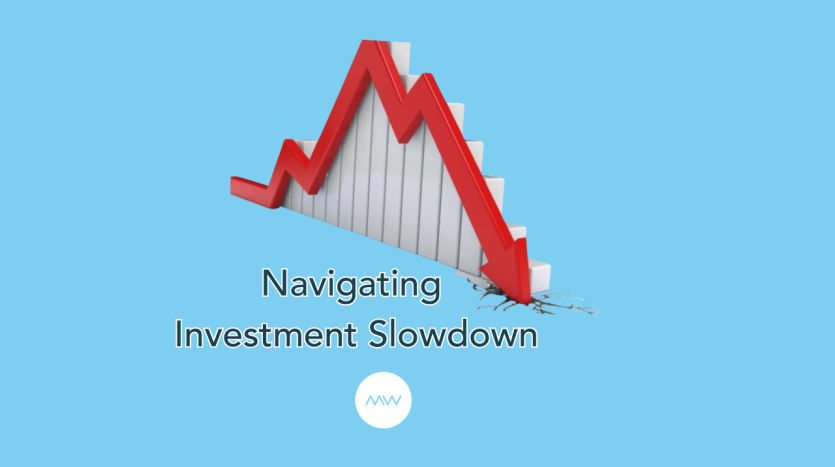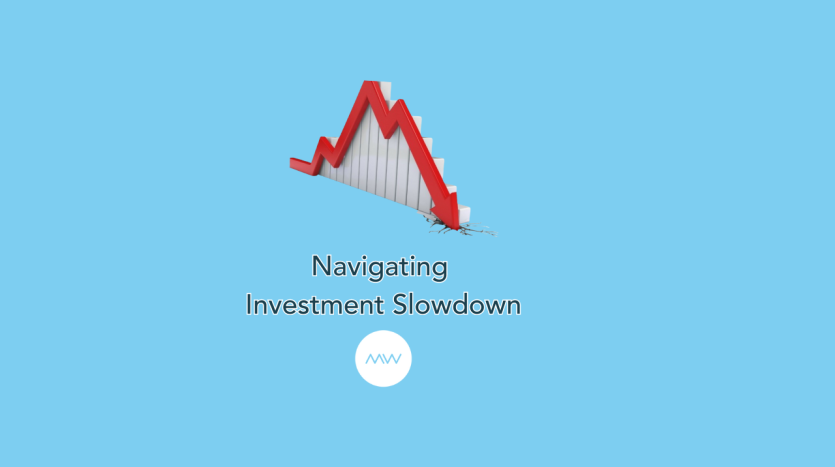Navigating Investment Slowdown
Navigating Investment Slowdown:
Deciphering Recent Trends in the Mountain West Real Estate Market
In recent times, the Mountain West region’s commercial real estate investment landscape has been displaying a noticeable slowdown in activity, raising concerns among industry professionals and market observers alike. Over the past 30 days, a slew of indicators has pointed towards a shifting dynamic, characterized by longer listing periods, reduced inquiries, and fewer offers on properties. This unexpected turn of events has prompted experts to delve into the underlying factors contributing to this trend and explore potential avenues for revitalizing investment vigor in the region.
1. Sluggish Listings and Dwindling Interest
The heart of this investment slowdown lies in the realm of listings. Traditionally a bustling market, properties in the Mountain West are now lingering for extended periods without attracting the level of interest seen in previous months. Inquiries have seen a notable decline, and the number of offers on properties has dwindled, reflecting a considerable change in the market’s trajectory.
2. Price Dislocation: A Stubborn Challenge
One of the primary culprits behind this market shift is the persistent price dislocation in the system. Sellers are grappling with a challenging conundrum: the pursuit of higher returns against the backdrop of evolving market dynamics. Many sellers are attempting to outpace the market’s natural rhythm, resulting in a gap of around 100 basis points (bps) from where the market stands. This dislocation has led to a misalignment between buyer and seller expectations, contributing to the sluggishness in transactional activity.
3. Investor Insecurity and its Ripple Effect
Another substantial factor contributing to the investment slowdown is creeping investor insecurity. There is a palpable sense of uneasiness that has taken root in the market, causing investors to exercise caution and hold back their capital. This phenomenon has been especially pronounced, with a larger portion of cash flow being sidelined. This is a departure from the previously bullish sentiment that characterized the region’s investment landscape.
4. The Impact of Interest Rates and Market Stability
An interesting factor to consider in this equation is the end of the rate-hiking cycle. Historically, fluctuations in interest rates have had a profound impact on real estate investment trends. The approaching stability in interest rates could potentially provide the market with the much-needed stability it craves. This stabilization might pave the way for an uptick in deal activity, as investors gain renewed confidence in the market’s predictability.
Furthermore, the impending wave of loan maturities in the coming year and a half could act as a catalyst for heightened market activity. As loans mature, both buyers and sellers may find themselves on a more level playing field, potentially reducing the gap between their expectations, and thereby promoting smoother transactions.
5. The Road Ahead: Bridging the Gap
As the investment slowdown becomes a focal point of concern, industry players are actively strategizing ways to bridge the gap between the current state of the market and the desired level of transactional activity. Clear communication between buyers and sellers will be pivotal, with a focus on aligning price expectations with the market’s realities.
Furthermore, creating an environment that fosters investor confidence is paramount. Addressing concerns and uncertainties head-on can contribute to easing investor insecurity and reinvigorating capital flow into the region’s real estate market.
The recent sluggishness in investment sale activity in the Mountain West region is not a cause for alarm but rather an opportunity for reflection and recalibration. By acknowledging the role of price dislocation, investor insecurity, and interest rate dynamics, stakeholders can collectively work towards reviving investment vigor. The forthcoming stabilization of interest rates and the imminent loan maturity wave offer promising prospects for a market resurgence. With effective strategies in place, the region can expect to witness a gradual closing of the gap between buyers and sellers, setting the stage for a more robust real estate investment landscape.











